Islanders: The Making of the Mediterranean review – a ‘revelatory’ exhibition
Fitzwilliam Museum show focuses on island civilisations of the ancient Mediterranean
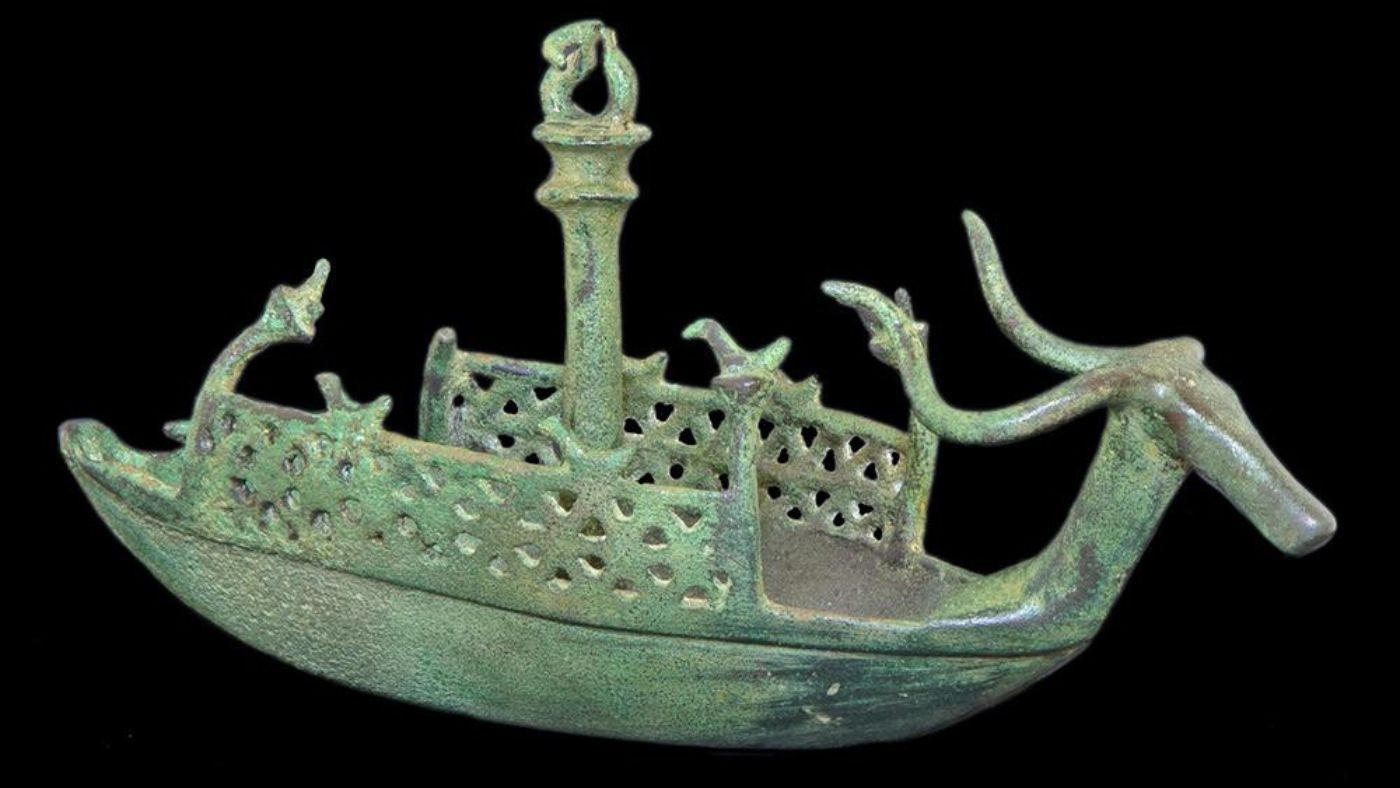
The words “insularity” and “isolation” both come from the Latin for “island”, said Maev Kennedy in The Art Newspaper. But the island civilisations of the ancient Mediterranean were anything but closed off. As this new exhibition at Cambridge’s Fitzwilliam Museum shows, they were remarkably open to outside influence – to foreign materials, skills, fashions and legends. Focusing on the classical culture of Crete, Sardinia and Cyprus, the show demonstrates that “the sea united rather than divided” these civilisations, allowing for considerable cultural cross-pollination. Bringing together around 200 objects dating from the Neolithic era to the Roman period, it shows that the inhabitants of the three islands attempted to “explain their tangled histories” through storytelling – even when, as with Sardinia’s Nuragic civilisation, they had no system of writing. Among the “splendid loans” on display are a Cypriot statue of a “goddess rising from the sea” that is believed to have influenced Sandro Botticelli’s The Birth of Venus; some “vivid” bronze figurines from Sardinia; and a drawing of a dolphin – a “sacred” animal that “represented friendship” – found on Crete.
The show is “awash” with “fascinating” exhibits, said Alastair Sooke in The Daily Telegraph. We see bronze statuettes of a “four-eyed warrior and an archer in a horned helmet” created “five or six millennia ago” in Nuragic Sardinia. The culture was so named for its nuraghe, the “conical stone towers” that typified its architecture; so “strange” were these structures that they were later thought to be “witches’ houses”. Best of all is the “sophisticated” art of Minoan Crete, represented here by objects including an “astonishingly well-observed” copper-alloy figure of a crawling baby and a crab shell-shaped cup from around 1900BC. The show positively bursts with goodies, but more could have been done to “turn a series of impressive archaeological finds into a defter, less scrappy, piece of storytelling”.
It hardly matters, said Laura Cumming in The Observer, when the exhibition presents us with marvel after marvel. Consider, for instance, an “exquisite” little bronze ship created in Sardinia between 1000-700BC, its mast “topped with a heraldic bird”, its prow resembling the head of an ox. Cyprus, we learn, even had “its own terracotta army”, represented here by statues of “warriors riding into the dawn on horse-drawn chariots”. There’s an iron archer “raising his tremulous bow” that could be by Giacometti. “You will see Picasso and Brâncusi at every turn, and the origins of modern sculpture millennia in advance.” To call these extraordinary items “revelatory” would be an “understatement”. Indeed, “I have scarcely seen anything like them before”.
The Week
Escape your echo chamber. Get the facts behind the news, plus analysis from multiple perspectives.

Sign up for The Week's Free Newsletters
From our morning news briefing to a weekly Good News Newsletter, get the best of The Week delivered directly to your inbox.
From our morning news briefing to a weekly Good News Newsletter, get the best of The Week delivered directly to your inbox.
The Fitzwilliam Museum, Cambridge (01223-333230, fitzmuseum.cam.ac.uk). Until 4 June
A free daily email with the biggest news stories of the day – and the best features from TheWeek.com
-
 How will China’s $1 trillion trade surplus change the world economy?
How will China’s $1 trillion trade surplus change the world economy?Today’s Big Question Europe may impose its own tariffs
-
 ‘Autarky and nostalgia aren’t cure-alls’
‘Autarky and nostalgia aren’t cure-alls’Instant Opinion Opinion, comment and editorials of the day
-
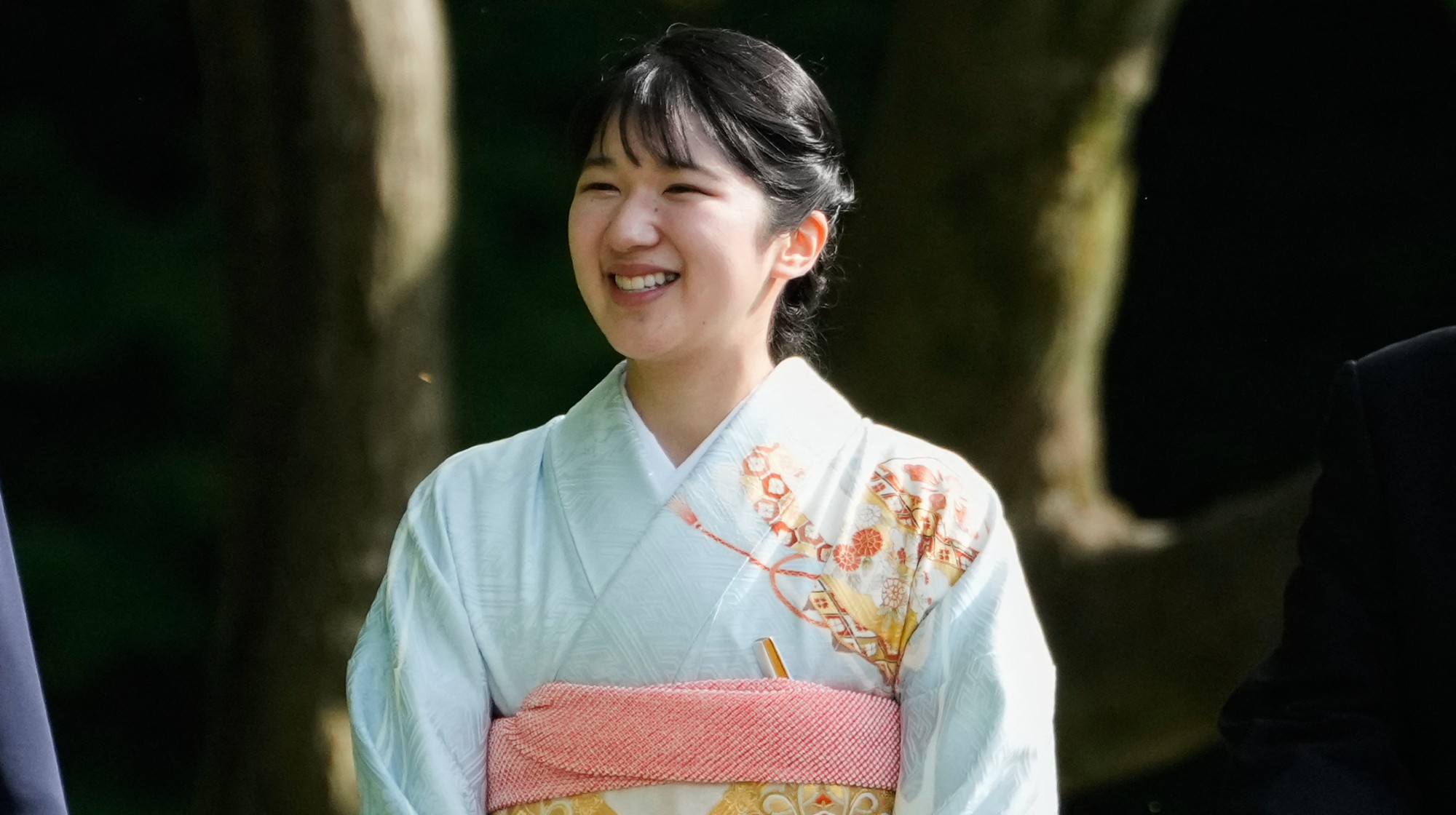 Japan’s Princess Aiko is a national star. Her fans want even more.
Japan’s Princess Aiko is a national star. Her fans want even more.IN THE SPOTLIGHT Fresh off her first solo state visit to Laos, Princess Aiko has become the face of a Japanese royal family facing 21st-century obsolescence
-
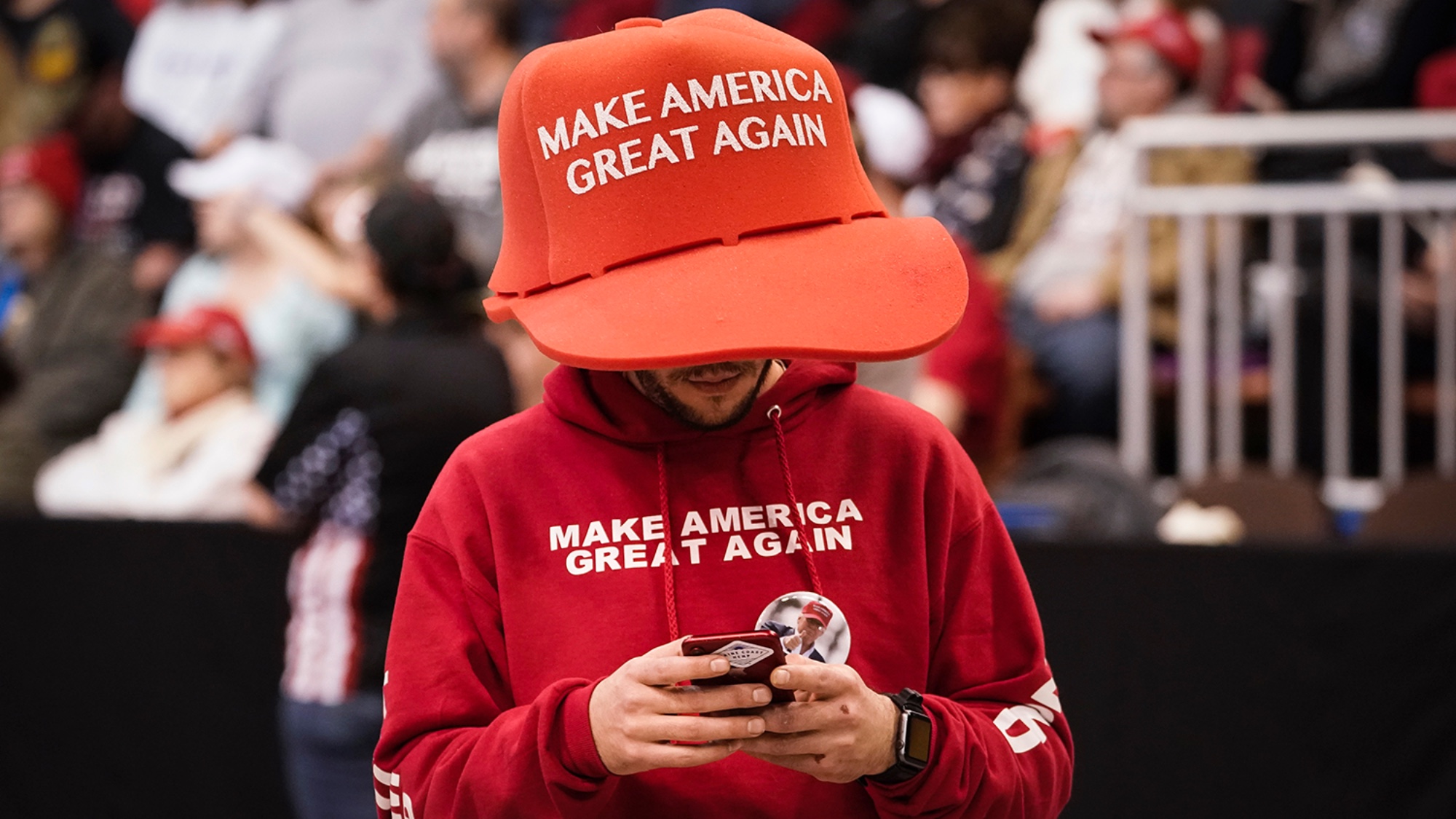 ‘Furious Minds: The Making of the MAGA New Right’ by Laura K. Field and ‘The Dream Factory: London’s First Playhouse and the Making of William Shakespeare’ by Daniel Swift
‘Furious Minds: The Making of the MAGA New Right’ by Laura K. Field and ‘The Dream Factory: London’s First Playhouse and the Making of William Shakespeare’ by Daniel SwiftFeature An insider’s POV on the GOP and the untold story of Shakespeare’s first theater
-
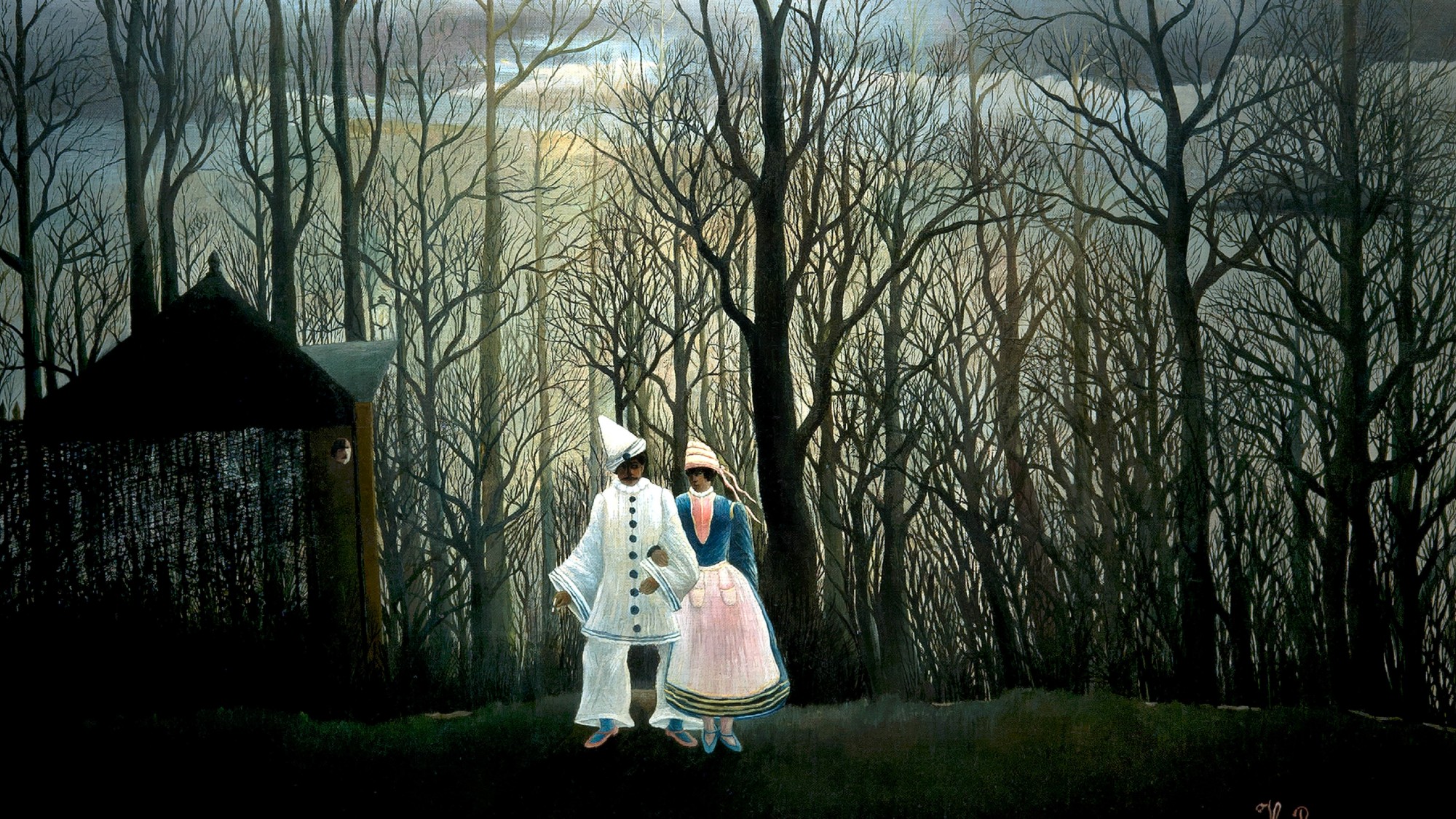 Henri Rousseau: A Painter’s Secrets
Henri Rousseau: A Painter’s Secretsfeature Barnes Foundation, Philadelphia, through Feb. 22
-
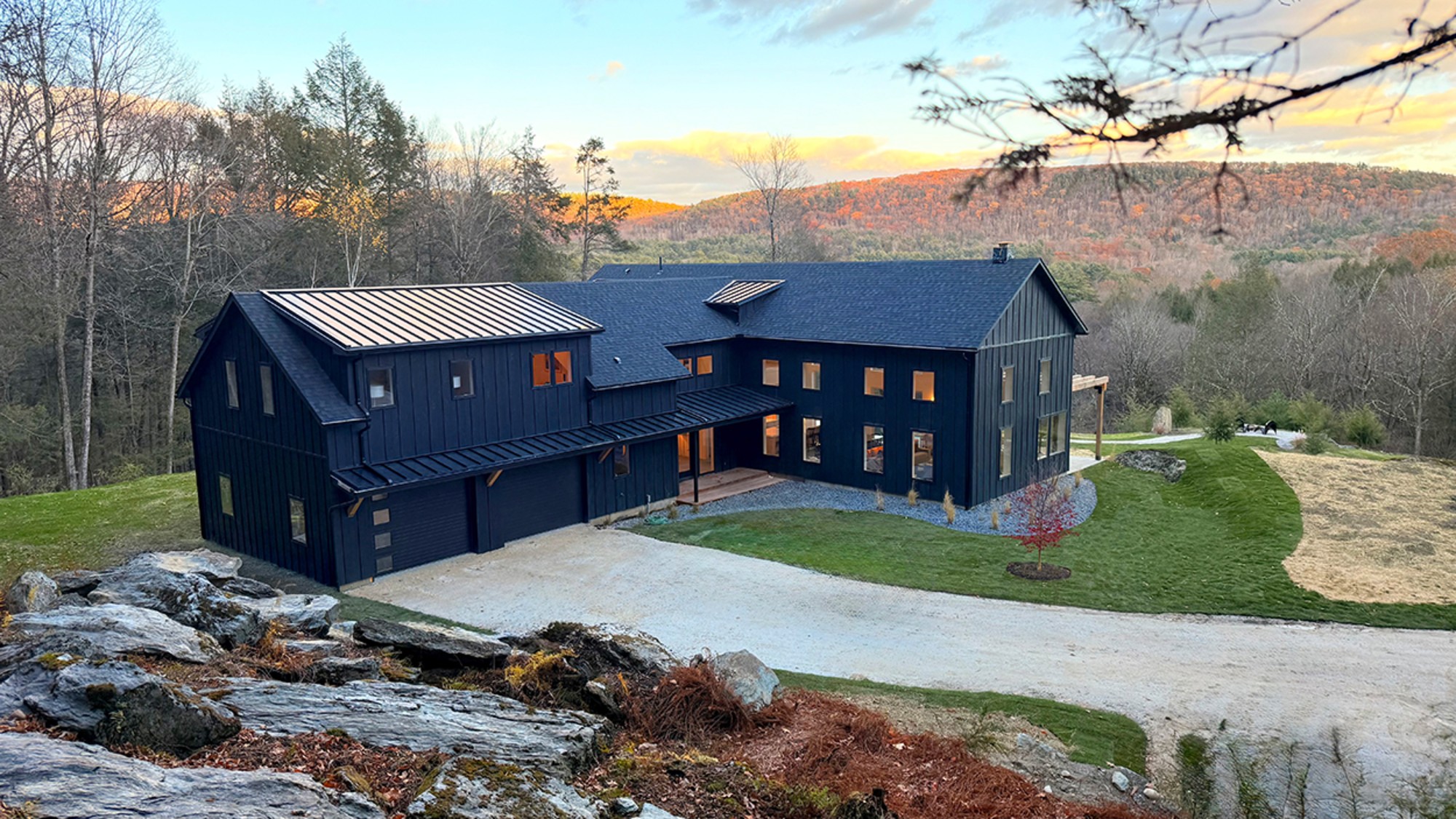 Homes with great fireplaces
Homes with great fireplacesFeature Featuring a suspended fireplace in Washington and two-sided Parisian fireplace in Florida
-
 Film reviews: ‘The Secret Agent’ and ‘Zootopia 2’
Film reviews: ‘The Secret Agent’ and ‘Zootopia 2’Feature A Brazilian man living in a brutal era seeks answers and survival and Judy and Nick fight again for animal justice
-
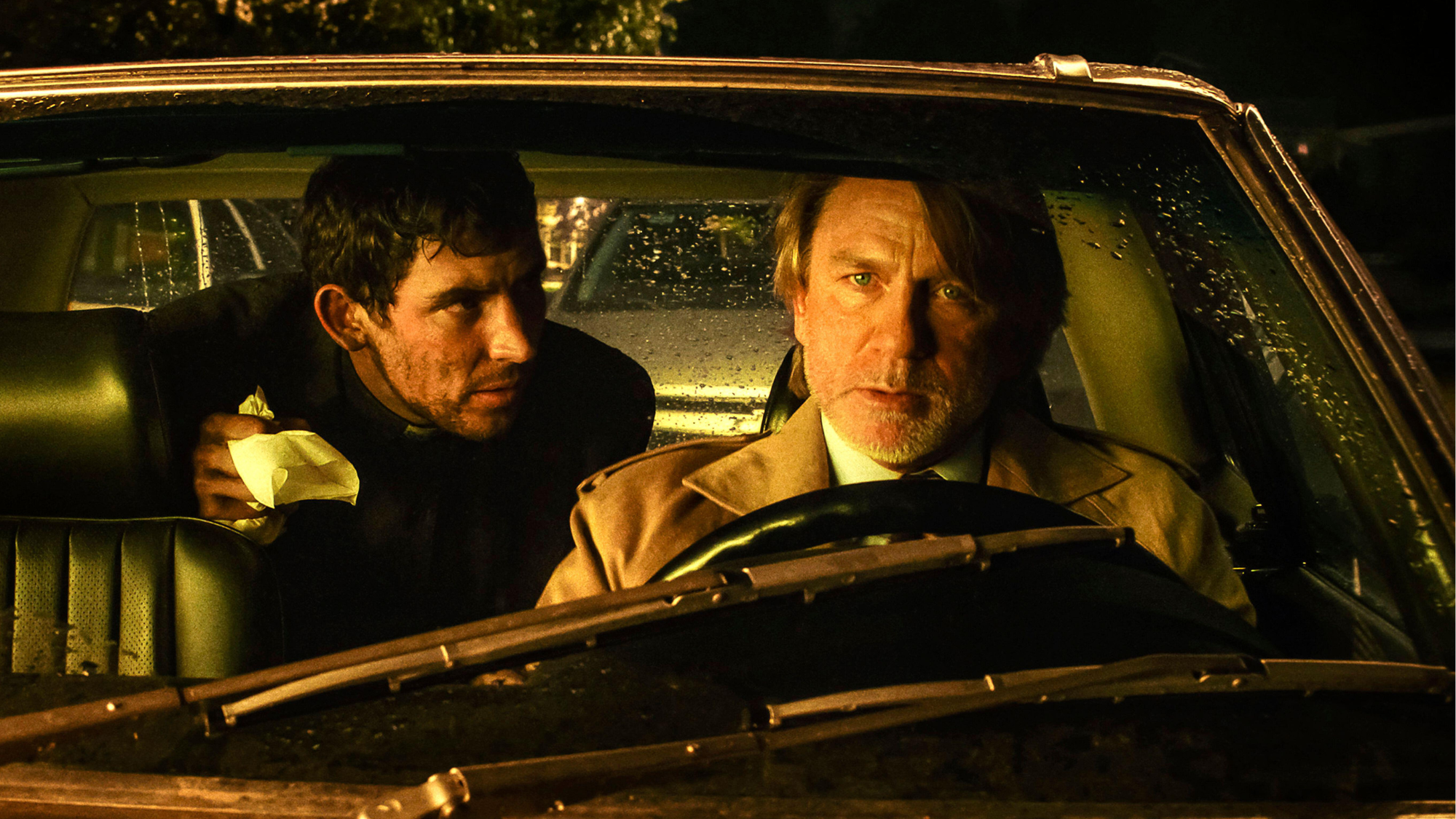 Wake Up Dead Man: ‘arch and witty’ Knives Out sequel
Wake Up Dead Man: ‘arch and witty’ Knives Out sequelThe Week Recommends Daniel Craig returns for the ‘excellent’ third instalment of the murder mystery film series
-
 Zootropolis 2: a ‘perky and amusing’ movie
Zootropolis 2: a ‘perky and amusing’ movieThe Week Recommends The talking animals return in a family-friendly sequel
-
 Storyteller: a ‘fitting tribute’ to Robert Louis Stevenson
Storyteller: a ‘fitting tribute’ to Robert Louis StevensonThe Week Recommends Leo Damrosch’s ‘valuable’ biography of the man behind Treasure Island
-
 The rapid-fire brilliance of Tom Stoppard
The rapid-fire brilliance of Tom StoppardIn the Spotlight The 88-year-old was a playwright of dazzling wit and complex ideas
